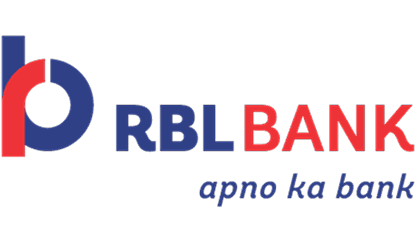In 2025, Indian micro, small, and medium enterprises (MSMEs) face a pivotal decision: how to scale efficiently amidst rising costs, regulatory complexities, and competitive pressures. Traditional construction methods, often time-consuming and capital-intensive, are increasingly being replaced by pre-engineered buildings (PEBs)—a solution that offers speed, flexibility, and cost-effectiveness. For MSMEs, PEBs represent not just a construction choice but a strategic investment in agility and resilience.
PEBs are factory-fabricated structures assembled on-site, tailored to specific business needs. Their adoption is accelerating across India, with the market projected to grow at a compound annual growth rate (CAGR) of 13.5% from 2025 to 2030, reaching a valuation of USD 3.93 billion by 2030. For growing businesses, this model provides a rare blend of rapid deployment and long-term cost efficiency, making them the preferred choice for manufacturers, logistics firms, and new-age enterprises.
Accelerated construction timelines
PEBs significantly reduce construction time compared to conventional methods. Components are manufactured off-site and assembled rapidly, enabling businesses to commence operations sooner. This swift turnaround is crucial for MSMEs aiming to capitalise on market opportunities without delays or resource overruns.
Cost efficiency and predictability
The streamlined manufacturing process of PEBs leads to lower labour costs and minimal material wastage. Additionally, the prefabrication approach allows for precise budgeting, reducing unforeseen expenses. For MSMEs operating with tight financial constraints, this predictability provides a much-needed edge in financial planning and risk management.
Design flexibility and scalability
PEBs offer versatile design options, accommodating various business requirements—from warehouses to retail spaces. Their modular nature allows for easy expansion, enabling MSMEs to scale operations without significant structural overhauls or business disruption. This adaptability is vital in volatile market conditions, where growth strategies must remain agile.
Enhanced durability and compliance
Constructed primarily from steel, PEBs are resistant to pests, fire, and adverse weather conditions. They also adhere to stringent industry standards, ensuring compliance with safety and quality regulations. For enterprises in regions prone to extreme climatic events or industrial wear, this resilience translates into fewer repairs, less downtime, and greater operational continuity.
Sustainability and environmental impact
PEBs are inherently sustainable, utilising recyclable materials and energy-efficient designs. Their construction process minimises environmental disruption, aligning with global and national sustainability goals. For MSMEs looking to meet ESG (Environmental, Social and Governance) benchmarks, adopting PEBs demonstrates a commitment to environmentally responsible growth, enhancing credibility with customers and investors alike.
Government support and incentives
The Indian government recognises the role of PEBs in strengthening MSME infrastructure. Initiatives such as the Credit Guarantee Fund Trust for Micro and Small Enterprises (CGTMSE) offer collateral-free credit, easing access to financing for capital investments like PEB construction. Meanwhile, industrial authorities in states like Uttar Pradesh are launching plug-and-play factory zones to lower entry barriers and promote manufacturing hubs.
Conclusion
For MSMEs in 2025, investing in pre-engineered buildings is a strategic move towards operational efficiency, financial prudence, and sustainable growth. By embracing PEBs, businesses can navigate the complexities of the modern market landscape with agility and confidence, setting a foundation not just for survival but for long-term success.




 +91 7208055523
+91 7208055523
 Help & support
Help & support
